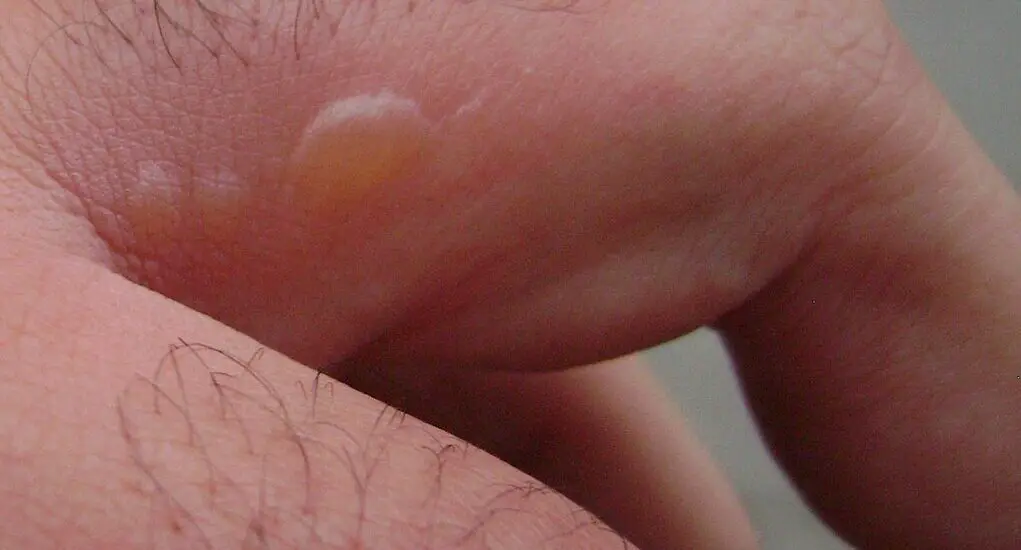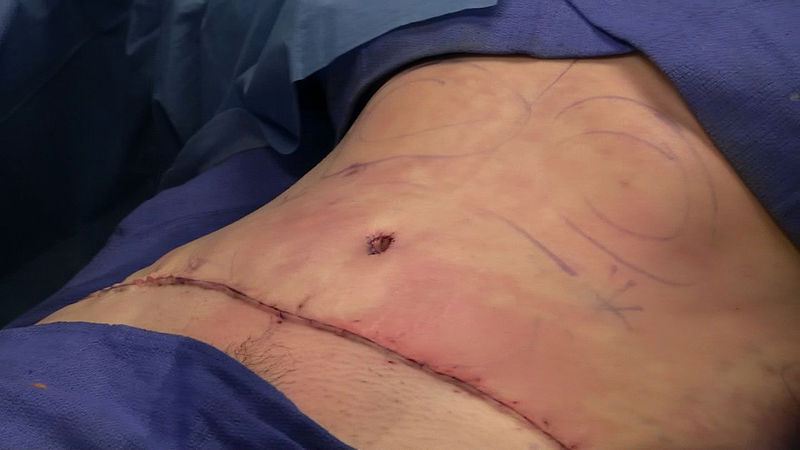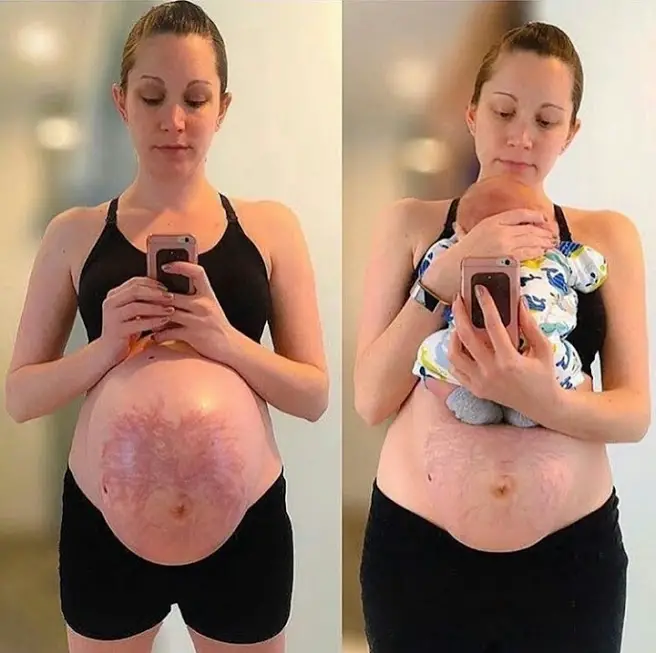Discovering water bubbles on skin after exercise can be a source of concern, but understanding the cause and learning how to prevent and treat this condition can provide peace of mind. Dive deep with us as we explore everything you need to know to handle this post-exercise phenomenon gracefully.

Table of Contents
Understanding Water Bubbles on Skin After Exercise
Water bubbles, also known as blisters, often appear as raised portions on your skin filled with liquid. These can occur after exercising due to factors such as increased sweating and friction.
It’s important to note that while these water bubbles might look concerning, they are generally a protective response by your body to reduce further skin damage and to shield the underlining skin tissue from external aggressions. Understanding what they are can help you manage them effectively.
The fluid in the blisters is typically serum, which is essentially a component of your blood. This serum works to cushion and protect the deeper layers of skin, promoting a safe environment for the skin to heal.
The Root Causes of Water Bubbles on Skin After Exercise
Engaging in physical activities such as exercising can sometimes lead to the formation of water bubbles on your skin. One of the primary causes is friction, which happens when your skin repeatedly rubs against clothing or itself, leading to irritation and eventually the formation of blisters.
Another significant cause is excessive sweating, a common occurrence during exercise. Sweat can get trapped beneath your skin, leading to irritation and the formation of water bubbles on skin after exercise.
New or tight-fitting exercise attire can exacerbate the problem by increasing friction and restricting the flow of air, which would otherwise help in evaporating the sweat.
Understanding these causes can be your first step to preventing the occurrence of water bubbles on skin after exercise. (source)
Preventing the Formation of Blisters and Water Bubbles on Skin After Exercise
To safeguard yourself against the discomfort that comes with water bubbles and blisters, considering the following preventative measures could be beneficial:
Wearing clothes made of moisture-wicking fabrics can help keep your skin dry by facilitating the evaporation of sweat, hence reducing the chances of sweat getting trapped underneath your skin.
We recommend these Opna Women’s Short Sleeve Moisture Wicking Athletic Shirts listed on Amazon.
Ensuring that your footwear fits correctly is crucial. Ill-fitted shoes can increase friction on your feet, leading to blisters. It might be beneficial to choose shoes with adequate cushioning and support.
Applying anti-chafing balms or creams can create a barrier on your skin, protecting it against friction and irritation. Utilizing these products on areas prone to friction can be a prudent preventative step.
Check out this Body Glide For Her Anti Chafe Balm on Amazon. It can be used for arm, chest, bra, butt, groin, and thigh.
Being aware of these strategies can help you exercise comfortably without worrying about the appearance of water bubbles or blisters on your skin. (source)
Check out these other articles…
My Skin Looks Better After Exercise: Why This Happens
Bumps on Skin After Exercise: Causes, Types, & Prevention
Salt on Skin After Exercise: Why It Happens & What to Do
Hives on Skin After Exercise: Causes & Proven Solutions
Bruising on Skin After Exercise: Causes, Prevention, & Care
Treating Water Bubbles Effectively Post-Exercise
If you find yourself facing the issue of water bubbles on skin after exercise, here are detailed steps to treat them effectively:
First, clean the affected area gently using a mild soap and water. This helps to remove dirt and bacteria that might be present on the skin’s surface. It’s advisable not to burst the bubble, as it is a protective barrier against infections.
Applying a soothing cream such as aloe vera gel can alleviate discomfort by cooling the area and reducing inflammation. It’s important to choose products that are gentle on your skin to prevent further irritation.
If the bubble bursts accidentally, clean it carefully to avoid infections. Applying an antiseptic cream followed by a sterile bandage can help protect the open wound from bacteria and other infectious agents.
Taking time to treat water bubbles properly can facilitate quicker healing and prevent potential complications.
Identifying When to Seek Medical Attention
While water bubbles often resolve on their own, it is vital to remain vigilant. If you notice signs of infection such as redness, swelling, warmth, or pus, don’t hesitate to consult with a healthcare provider.
Such signs might be an indication of a serious medical condition. It is always better to be safe than sorry when it comes to potential infections. (source)

